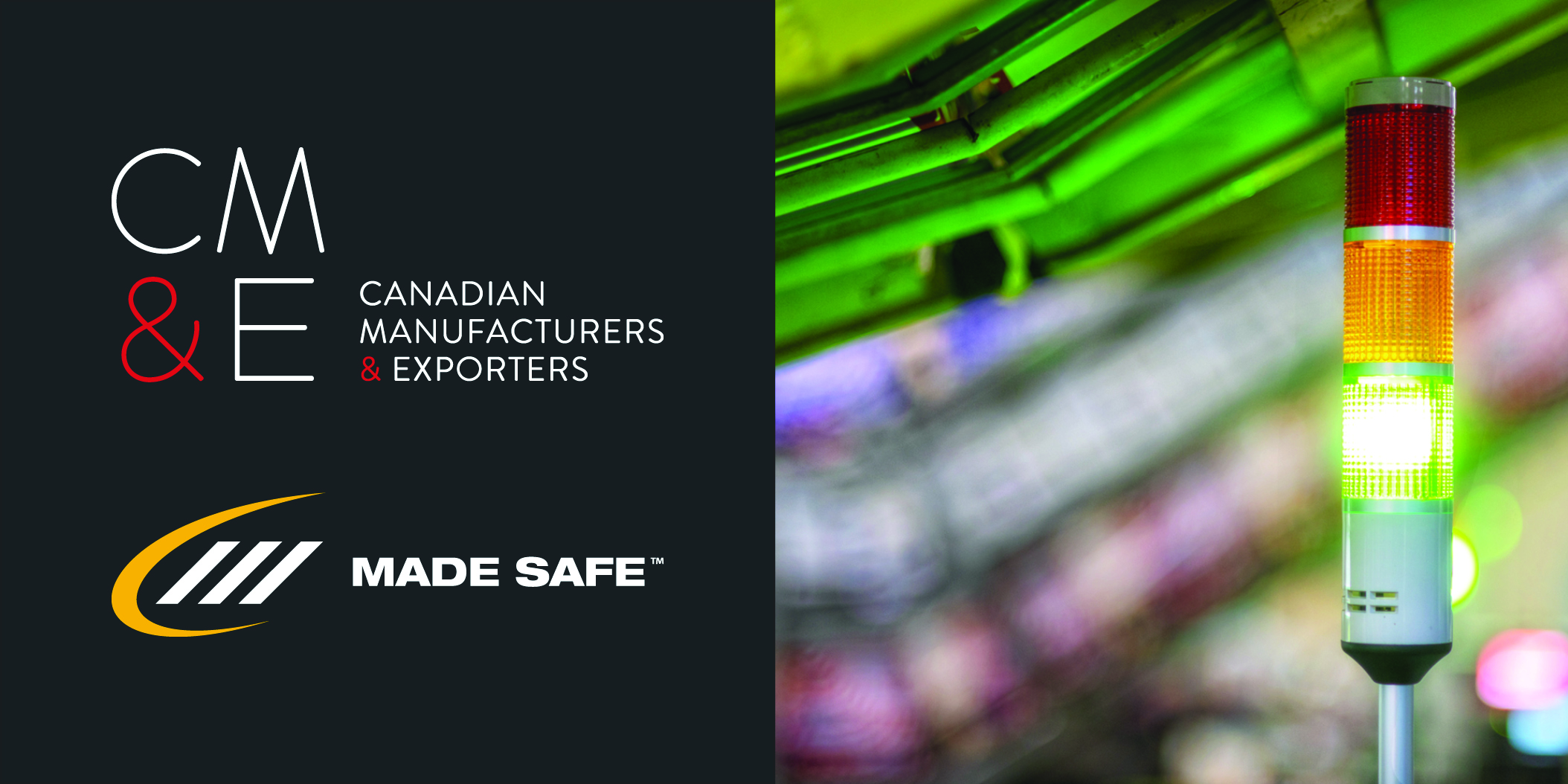Using disinfectants correctly
Using disinfectants correctly
Posted on March 26, 2020

The correct use of disinfectant will help control the spread of COVID-19. While many manufacturers have internal protocols in place, others are still developing their processes and procedures. To assist, Made Safe’s team of health and safety experts have created the following guidelines for the manufacturing work-environment. Many of the tips and recommendations below apply equally to all sectors, but some are industry-specific. For questions or insights, please connect with our team of manufacturing experts today at info@madesafe.ca
Disinfecting Protocol Quick Tips:
- Cleaning and disinfecting are different things. Sterilizing is something else as well. During the COVID-19 crisis, the goal is to disinfect the surfaces in the workplace that will be responsible for transmission, which means that we want to kill germs on any of the surfaces we touch.
- You must clean the surface before you disinfect it. Clean first, then disinfect.
- Hospital grade bulk disinfectant solutions MUST stay on the surface wet for 10 minutes to kill viruses.
- Consumer level products (prepackaged wipes and sprays) are generally no more powerful than hospital grade and must also follow the 10 minutes wet air-drying procedure, unless otherwise specified on the label. If it’s not wet for 10 minutes (or four minutes in the case of some of the bleach-based wipes), you will need to use more of the product.
- For any electronic device or control panel that needs to be disinfected, always spray the disinfectant onto a cloth and then wipe the device. Never spray liquids, including disinfectants, onto your electronics this will damage them.
- Do not use your cleaning cloth for disinfecting.
- Do not use your disinfecting cloth on more than one area before retiring it.
- Do not use the same solution all day. The active ingredient will lose its potency or evaporate and no longer be effective. Mix up no more than a half day supply when mixing your own.
- Ideally, during the COVID-19 crisis manufacturers will re-tool to avoid workers sharing any tools or workstations. If this is unavoidable, then these should be disinfected between personnel using them. Mix bulk disinfectant solutions and disinfect each tool immediately after use so that it has time to air dry for 10 minutes before the next person uses it.
- For single person workstations and tools, have each person disinfect their tools and area at the start and end of each shift. If no one else is in these areas, no transmission risk exists. So, keep the workstations to single persons as much as possible.
- For multi person workstations or areas, use tape, paint or other markings to separate the area. Have each person stay in, and disinfect their own sections of the workstation or area. Provide a clear SOP on the steps each worker should take and the timing, with visuals where possible. The virus transmits in droplets and keeping your people as separate as possible is paramount.
Note: the above recommendations are for non-porous surfaces. Surfaces that have pores (seat cushions, etc.) have micro holes for viruses and if the chemical can’t touch the virus, it won’t be killed. Keep in mind though, that if the chemical can’t get to the virus to kill it the likelihood that a person will be able to contact the virus is also diminished. Wherever possible, remove high-touch porous surfaces from the production areas as porous materials require a steam cleaning system to kill contaminants and this will likely not be feasible for daily use.
Step-by-step process for disinfecting surface with an industrial disinfectant spray:
On television and in commercials we often see a user gracefully misting a surface from 4 feet above, which is at best a dramatic re-enactment or an artist’s rendition of what disinfecting surfaces looks like. In real life, disinfecting requires a much greater effort.
General Use Procedure for Bulk / Industrial Grade Disinfectants
- Wear disposable gloves.
- Brush all dry solid materials / dirt off the surface to be cleaned.
- Wipe the surface with an all purpose-cleaner first before disinfecting.
- Spray the chosen disinfectant (Health Canada list here). Disinfectant must sit on the surface for 10 minutes without drying to kill COVID-19. If the disinfectant has dried before 10 minutes, re-apply. Do not bathe or soak your keyboards, electronics, and other operator controls in disinfectant. Always spray disinfectant onto the cloth, not the electronics.
- Wipe the surface clean with a disposable cloth after 10 minutes. Discard the disposable cloth in a bag separate from the rest of the general waste in your shop, which should go directly to the bulk waste (big garbage bin outside) when full.
- If disposable cloths are not an option, use microfibre cloths. A new area of the cloth should be used for each surface (fold your cloth in half, and then in half again – in your head, imagine that you now have four cleaning surfaces with that one cloth, and use “one cloth” per surface to be cleaned) and replace the cloth afterward.
- To disinfect the reusable cloths, place them in the normal laundry with liquid detergent. Remember to disinfectant the laundry hamper where the contaminated cloths were stored for laundering.
Pre-Packaged Disinfecting Wipe Instructions
Each wipe style product has its own disinfecting procedures. Read the label instructions or visit the manufacturers’ website (Clorox, particularly, has good information on how to properly use their products). A quick wipe or light misting will not effectively kill the virus.
- To kill COVID-19 the specific instructions for your product must be followed
- If you can’t find the instructions for how much of the product to use, the 10-minute air dry procedure is the default.
- To determine if your disinfectant will actually kill COVID-19, review Health Canada’s list of products that will here: https://www.canada.ca/en/health-canada/services/drugs-health-products/disinfectants/covid-19/list.html
- Generally, look for these ingredient names in the product that you are thinking of purchasing:
- At least 70% or anhydrous alcohol
- Benzalkonium Chloride
- Hydrogen Peroxide
- Bleach (often written as “Sodium Hypochlorite”)
- There are others, but these are the most commonly-used products
Who Needs to Know?
Who will be cleaning at your facility? Everyone should be responsible for cleaning and disinfecting their own workstation and shared tools to prevent transmission among and by the staff performing the cleaning. For shared areas, designate someone internally or increase external presence to meet the above cleaning schedules. Consider SOPs or tracking sheets for a consistent schedule and accountability.
For more information
Contact our team of health and safety experts for manufacturing-specific insights and supports: info@madesafe.ca
NOTE: This information is intended as best practice guidance, not as medical or legal advice. Information about the Coronavirus changes rapidly. Always refer to a public health authority for medical advice, and consult legal counsel regarding legislative concerns
